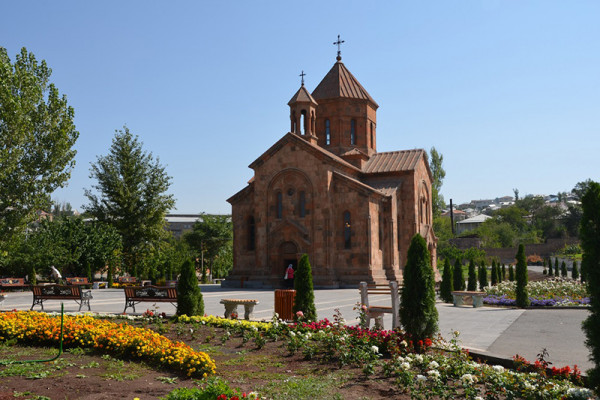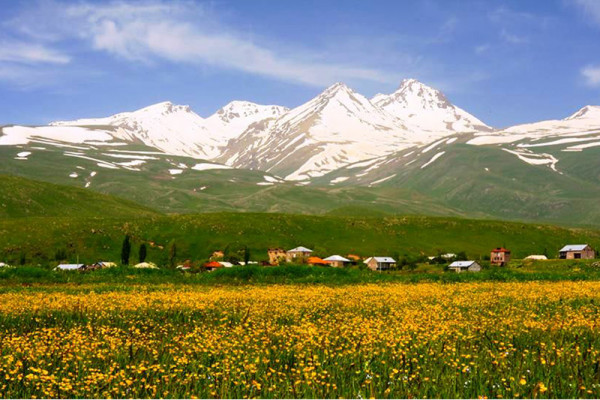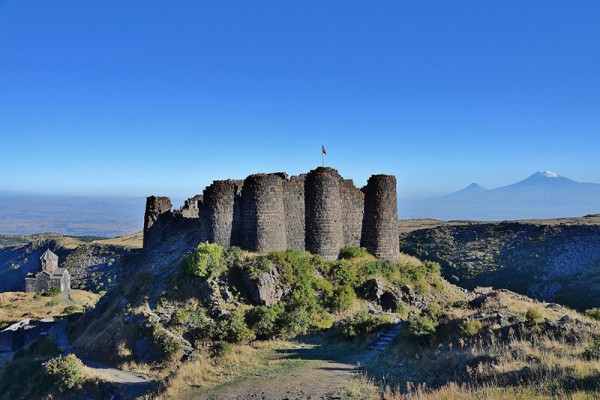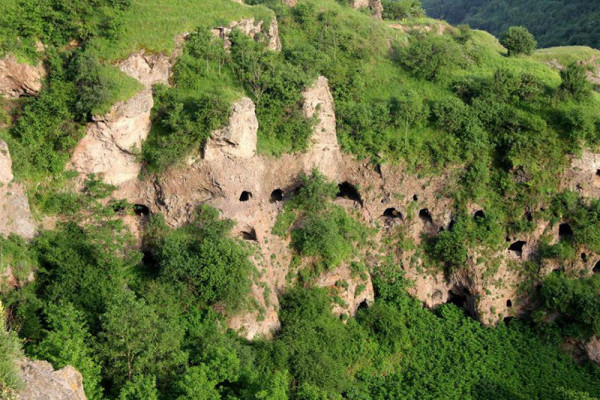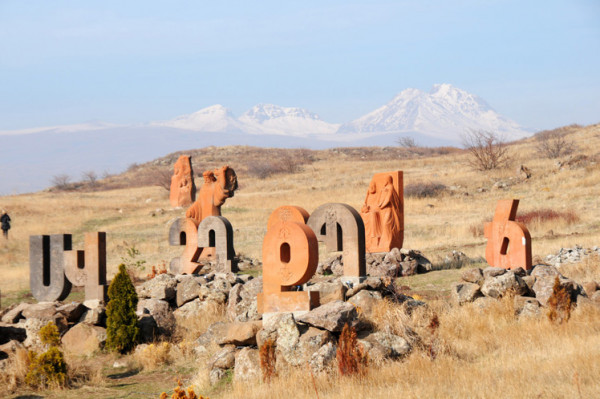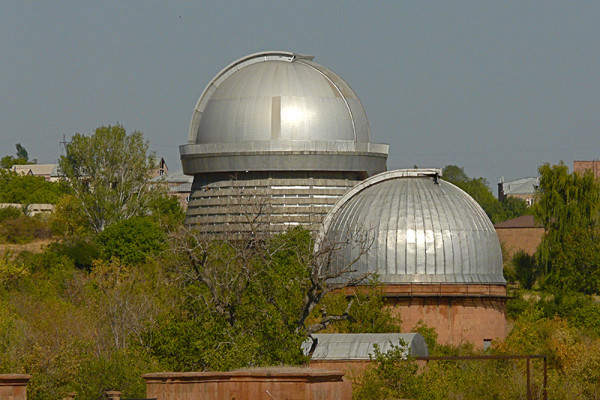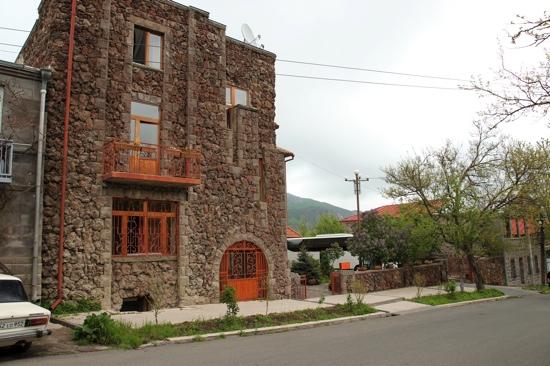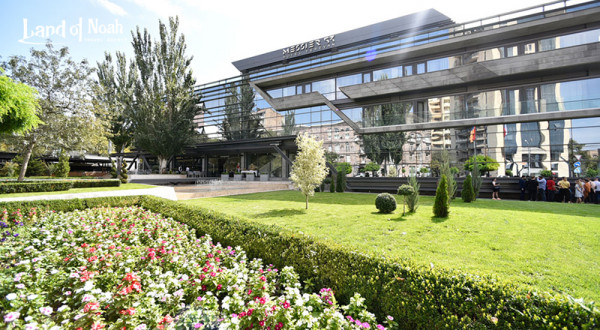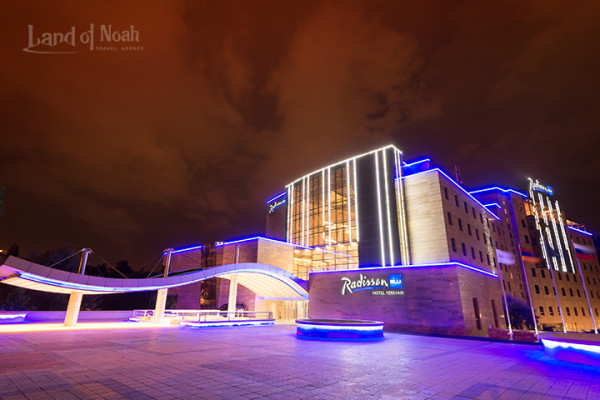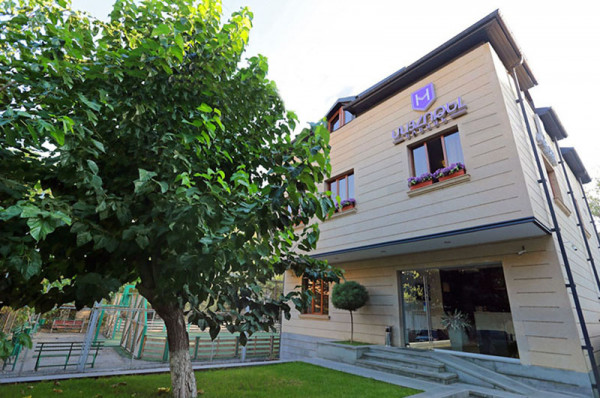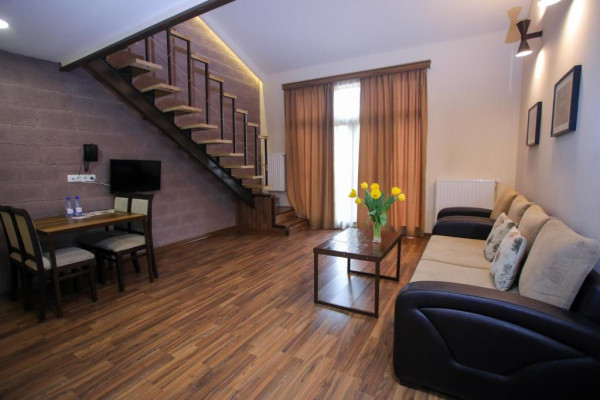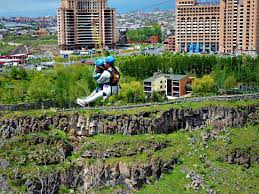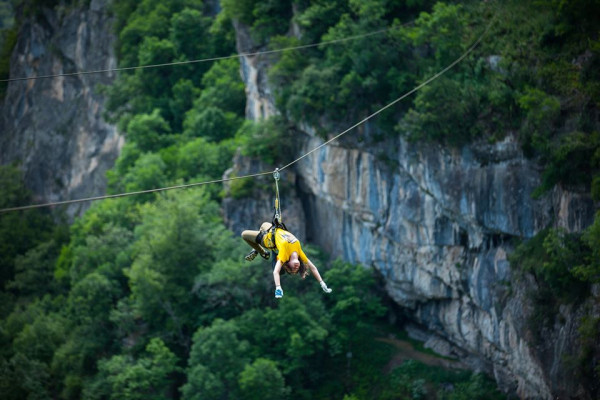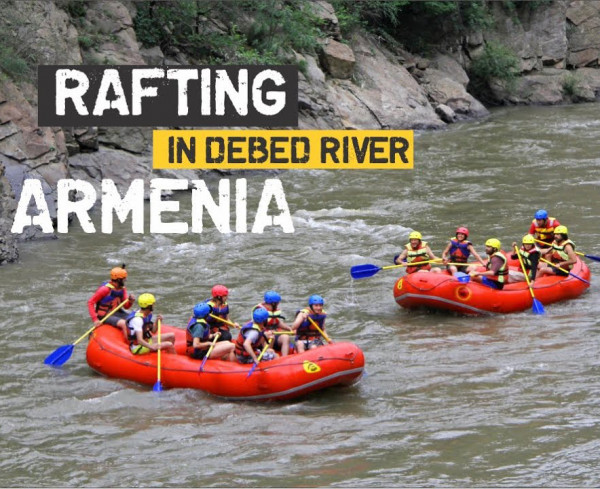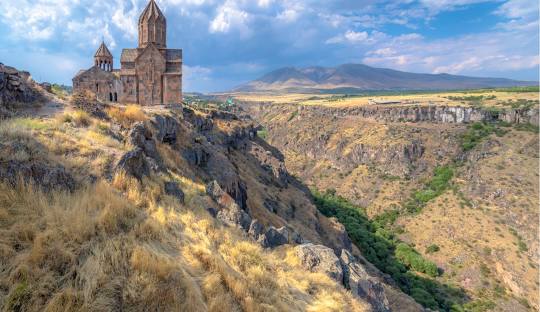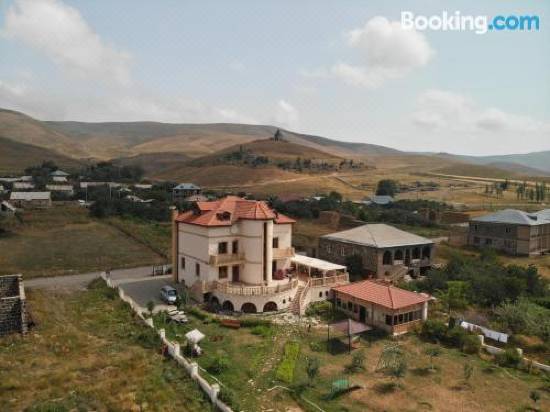Welcome To
Land of Noah
Travelnews
Latest tourism news
Read news about
travel exhibitions and other travel business news.
Our best promotion tours
Most popular destinations
Bestseller Listing
Most popular hotels
Car Trending
The best sellers
Rental Listing
Homes highly rated for their amenities
Best Events
Our best promotion events
Read the latest from blog
Contrary to popular belief
- Armenian News
- 15/02/2024
A medieval rock-hewn tomb was discovered in Ohanavan
Specialists of the History and Cultural Monuments Preservation...
- Tasty News
- 24/12/2021
Armenian restaurant entered the top 10 of Forbes 2021 for the first time
The rating includes 10 restaurants from all over the world, including those marked...
- World travel news
- 08/02/2022
Australia to open borders to foreign tourists on February 21
Australia's state borders will be open to foreign citizens from February 21, said...

